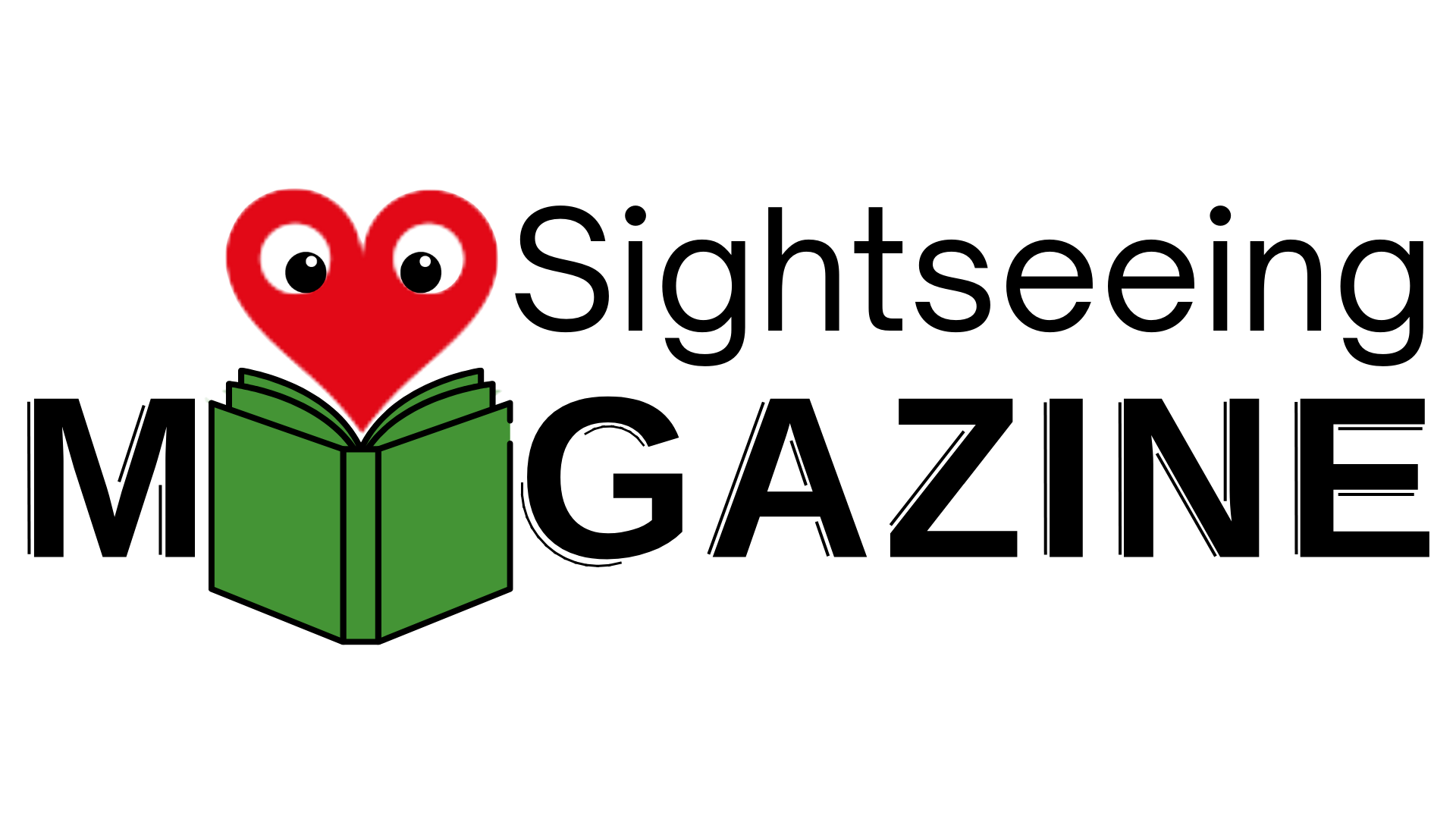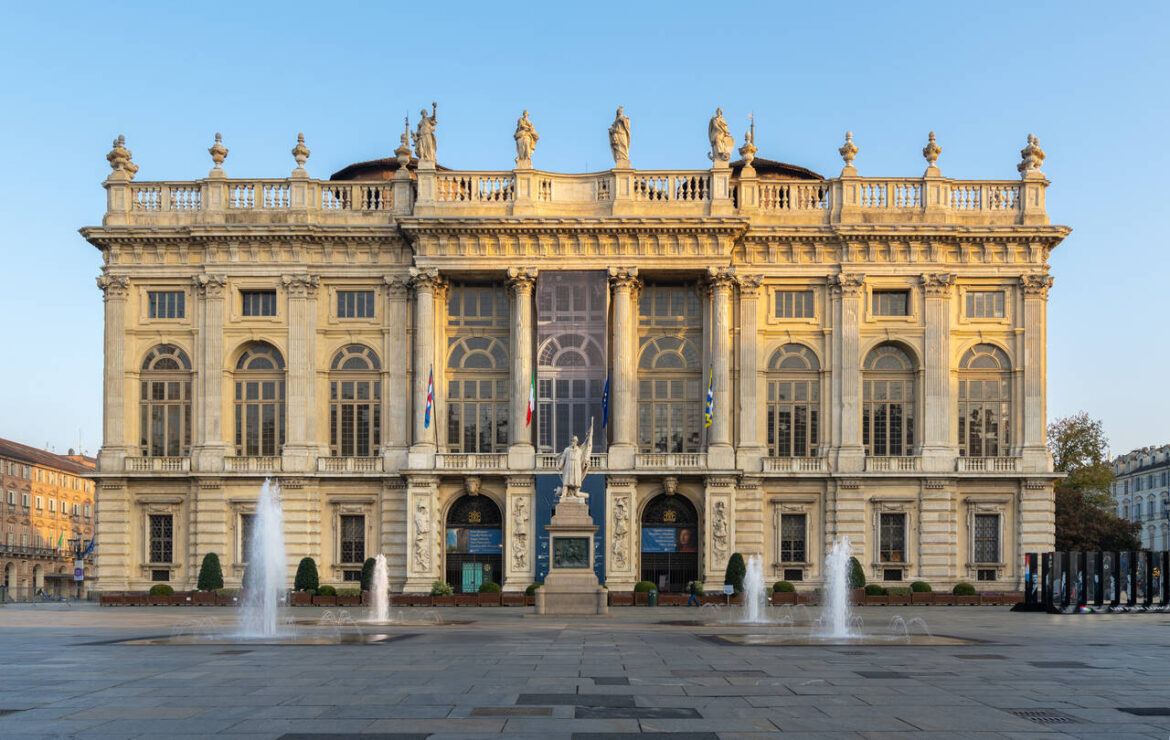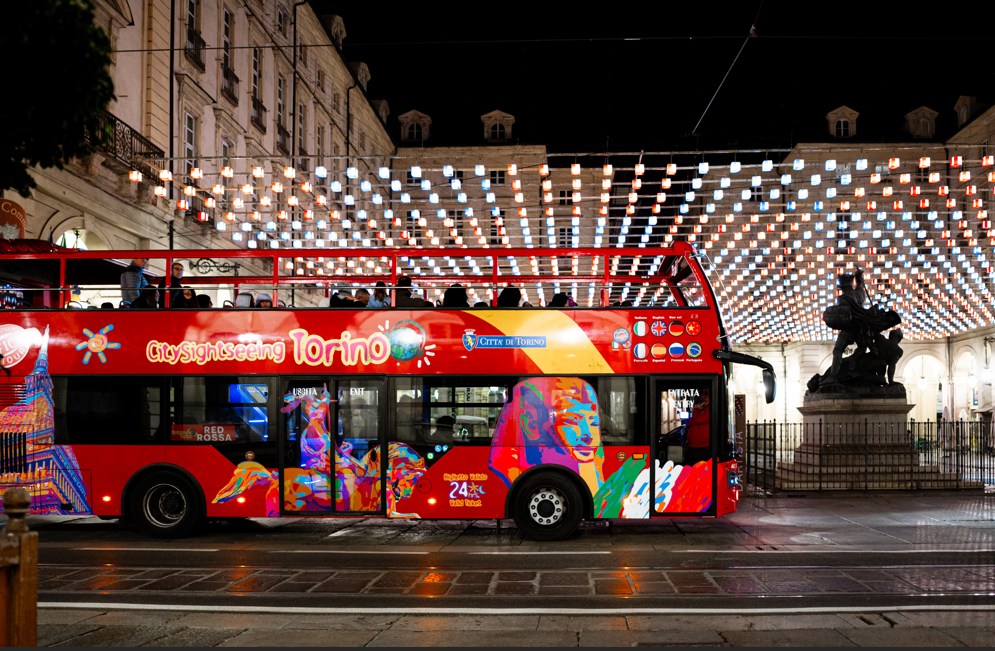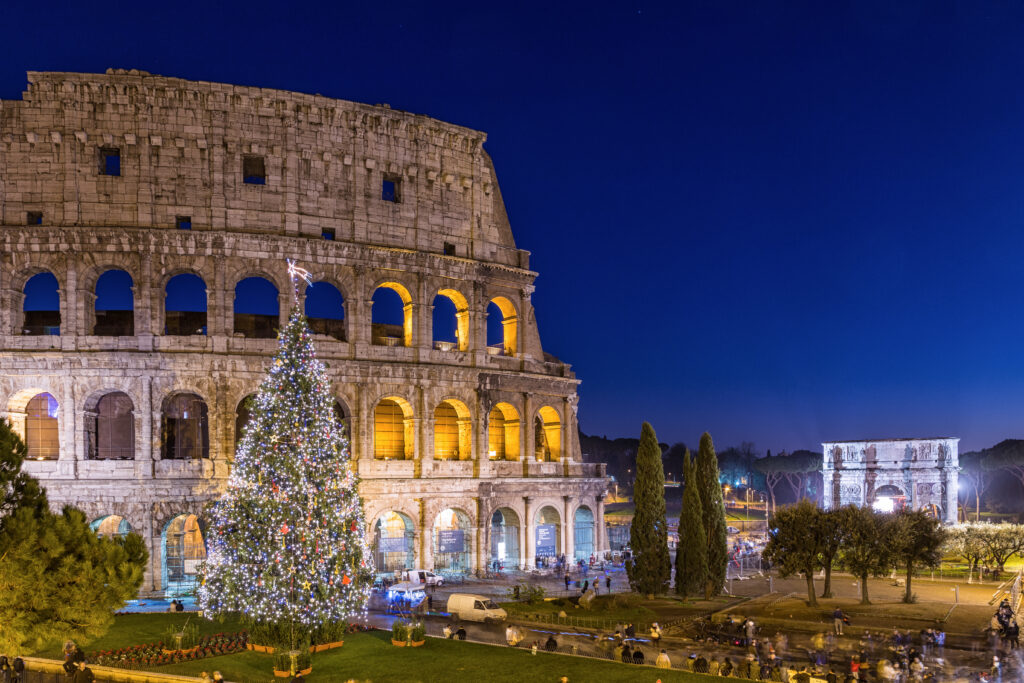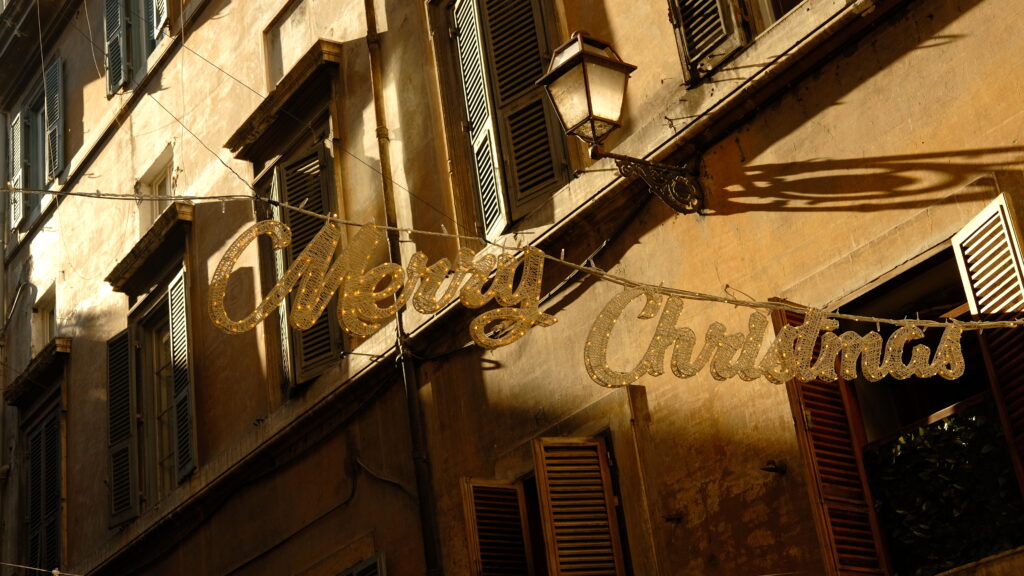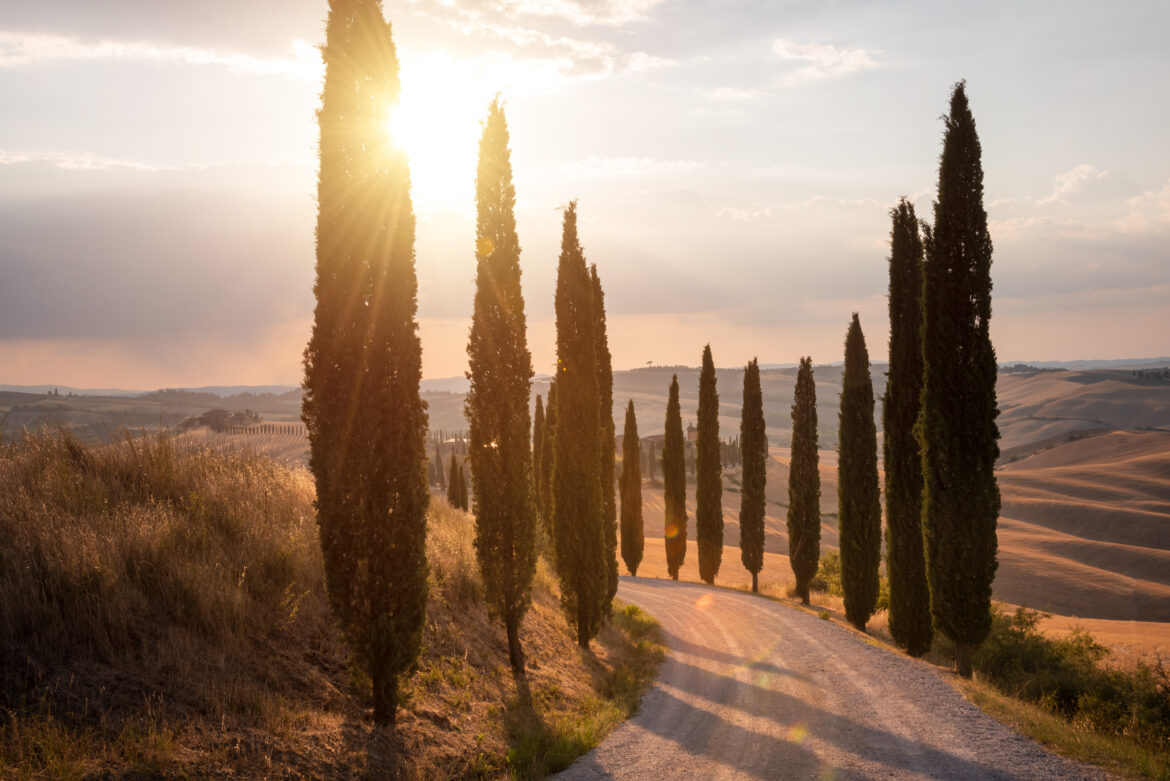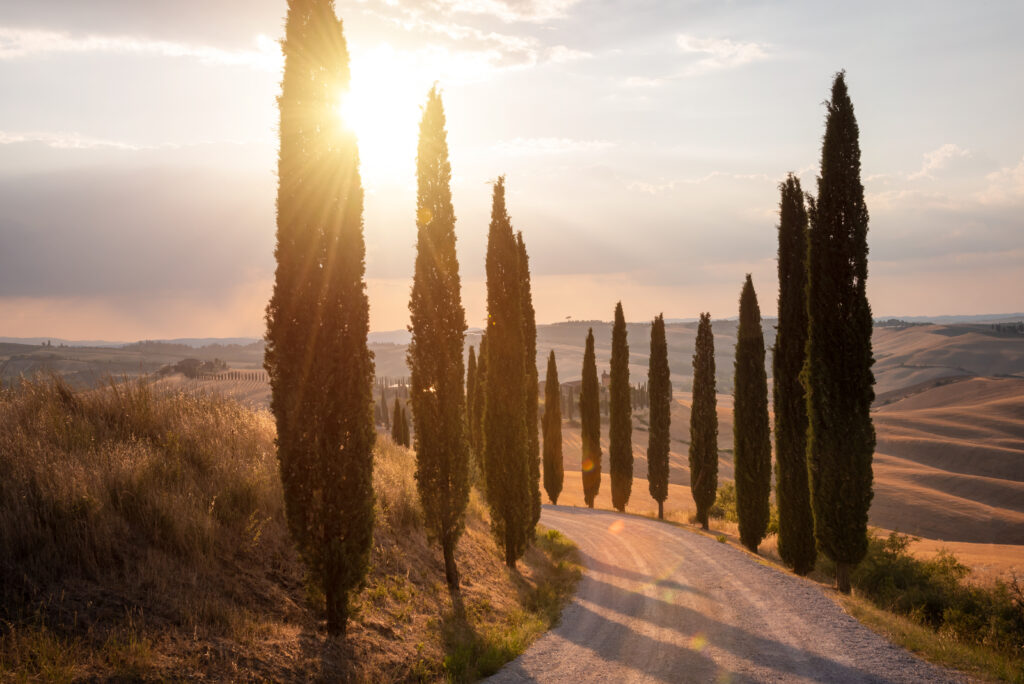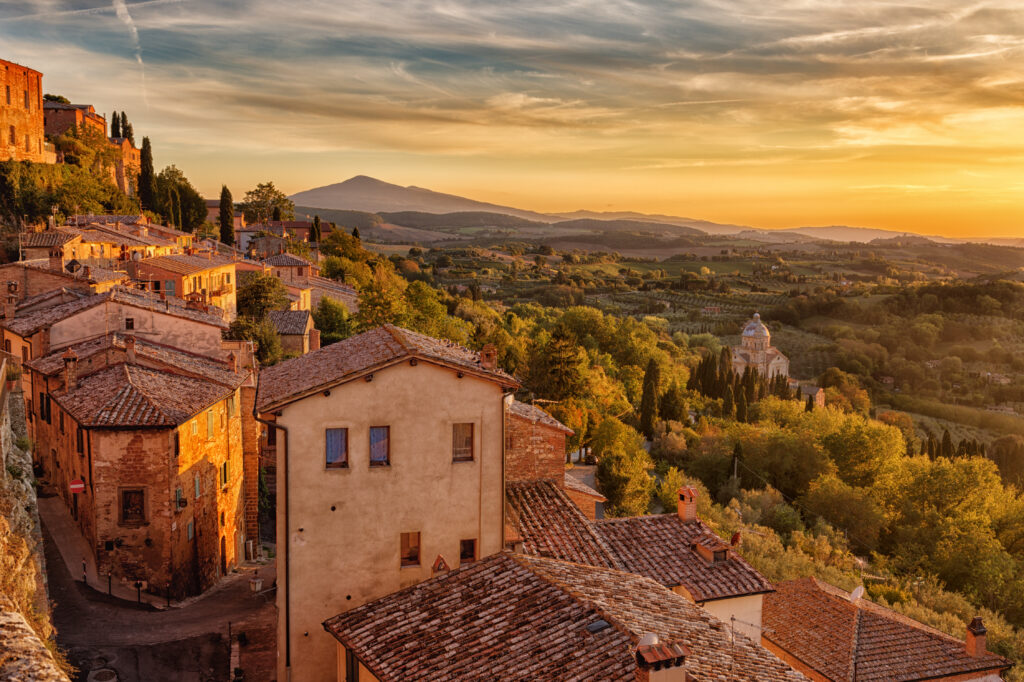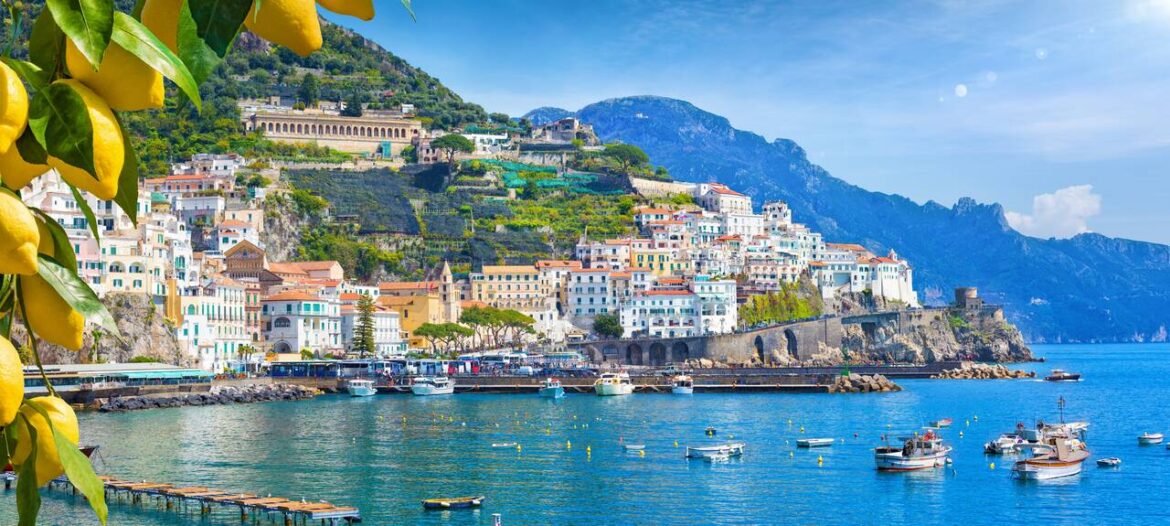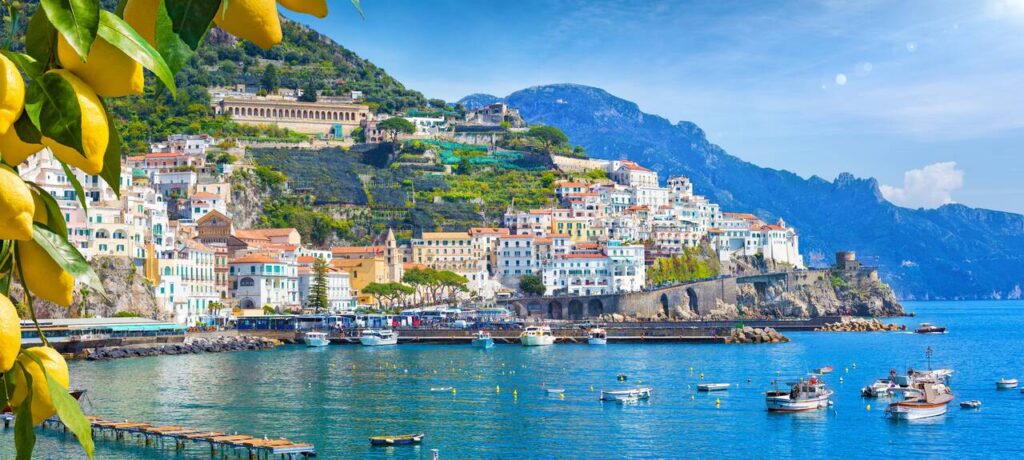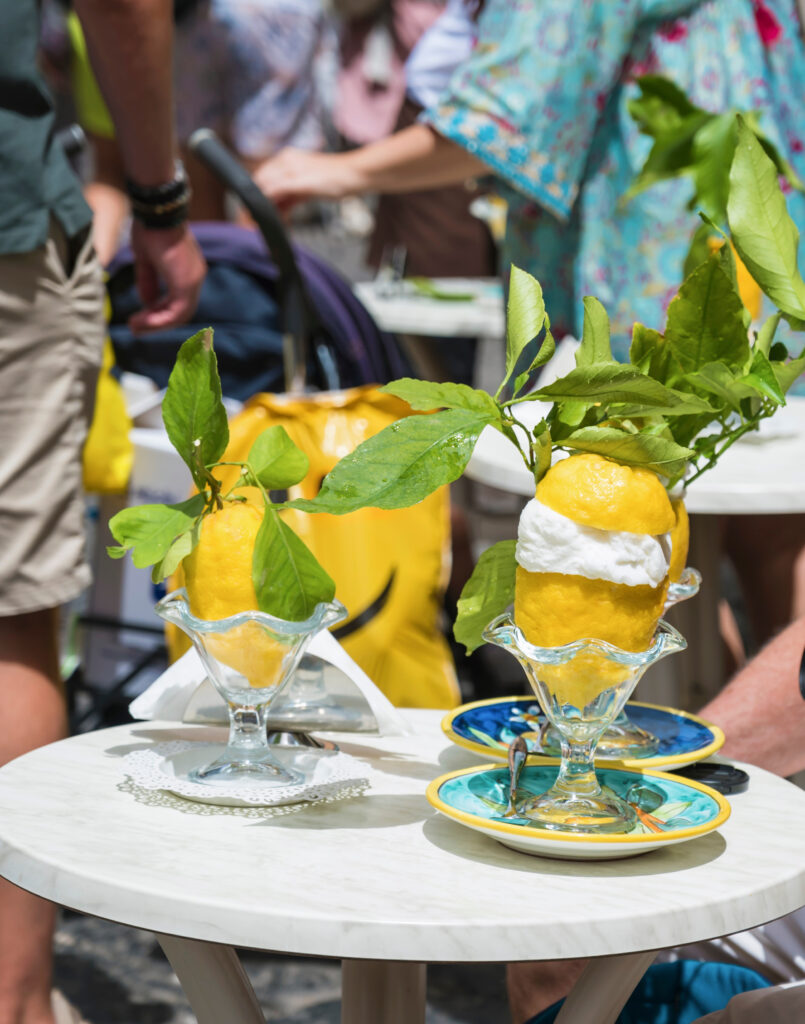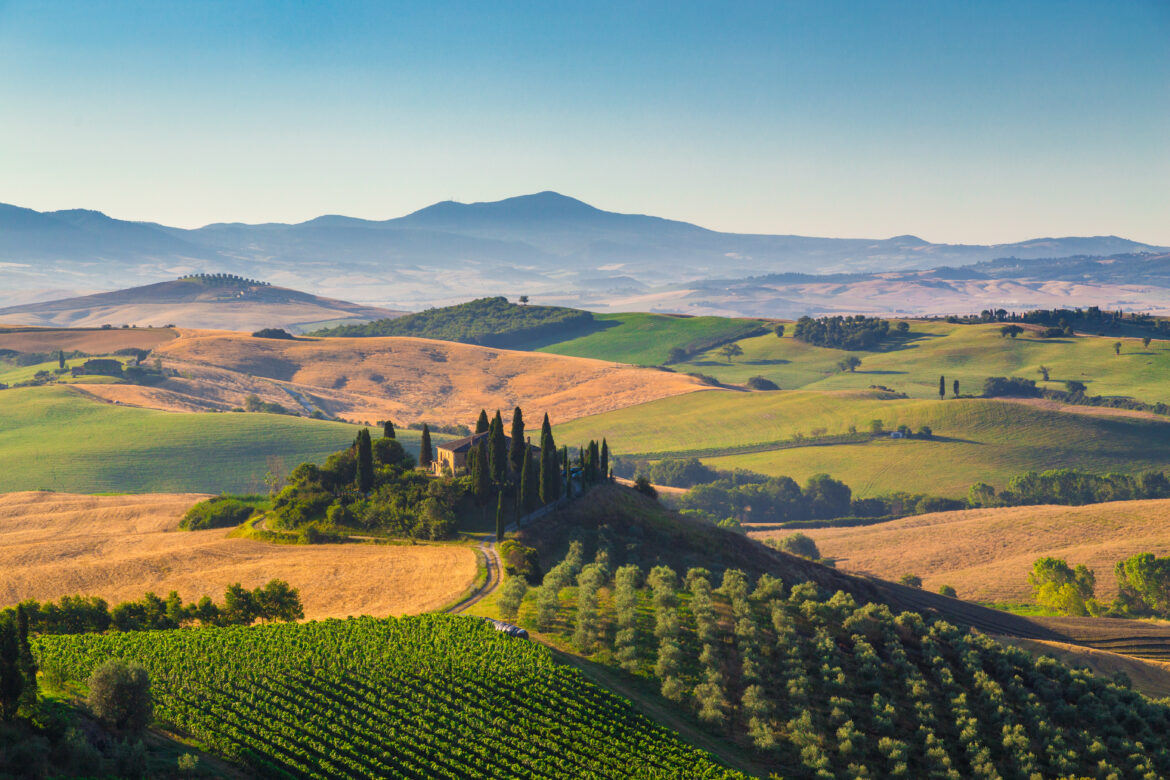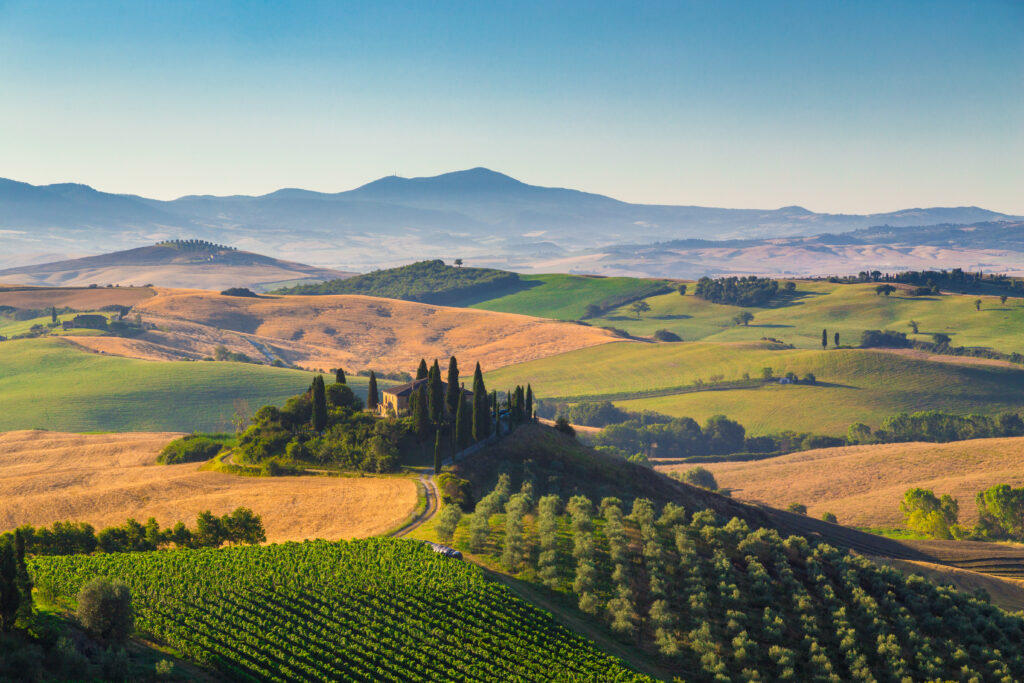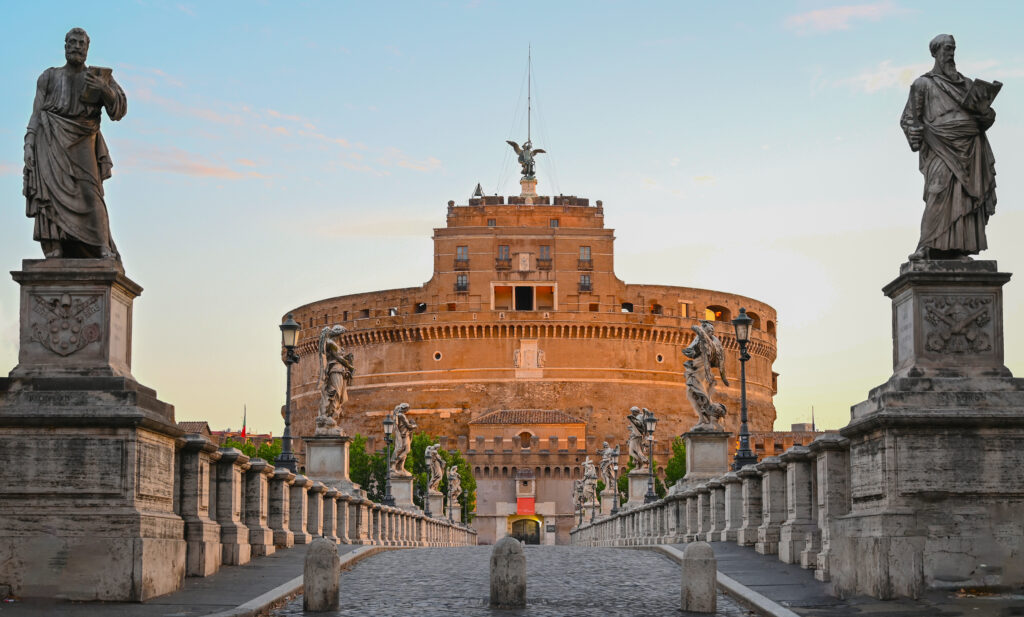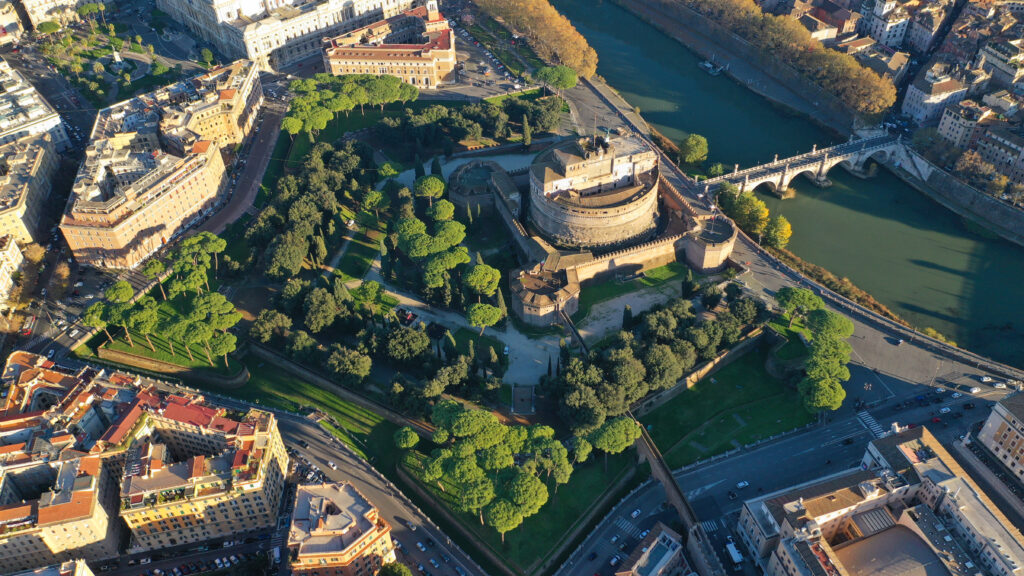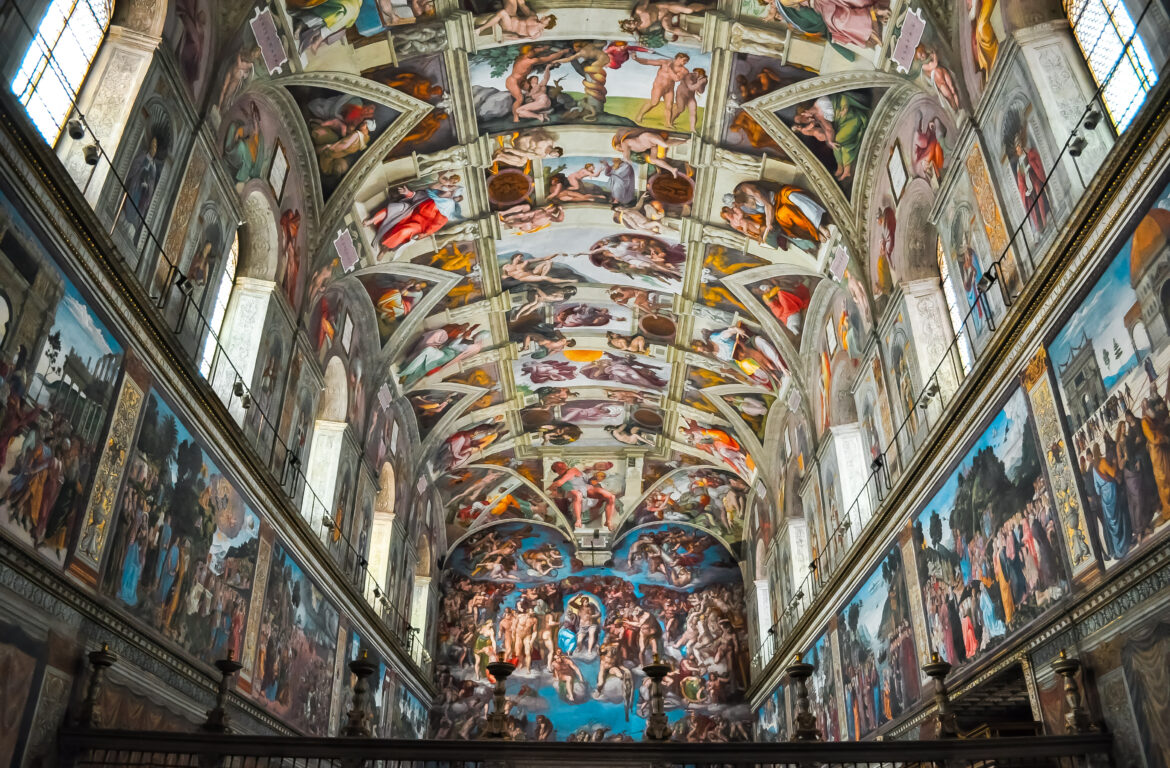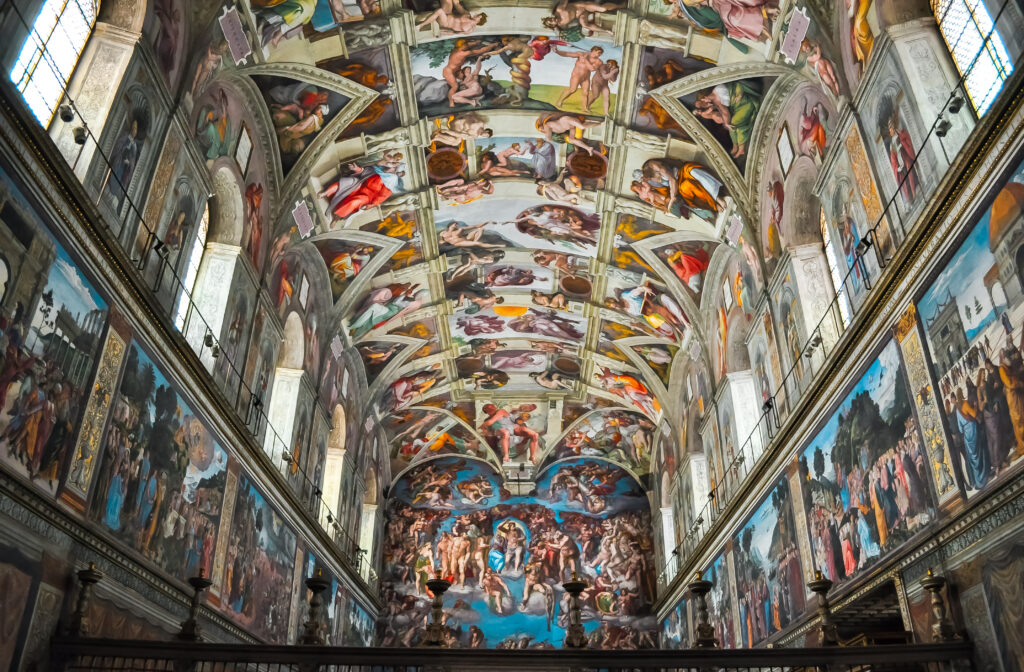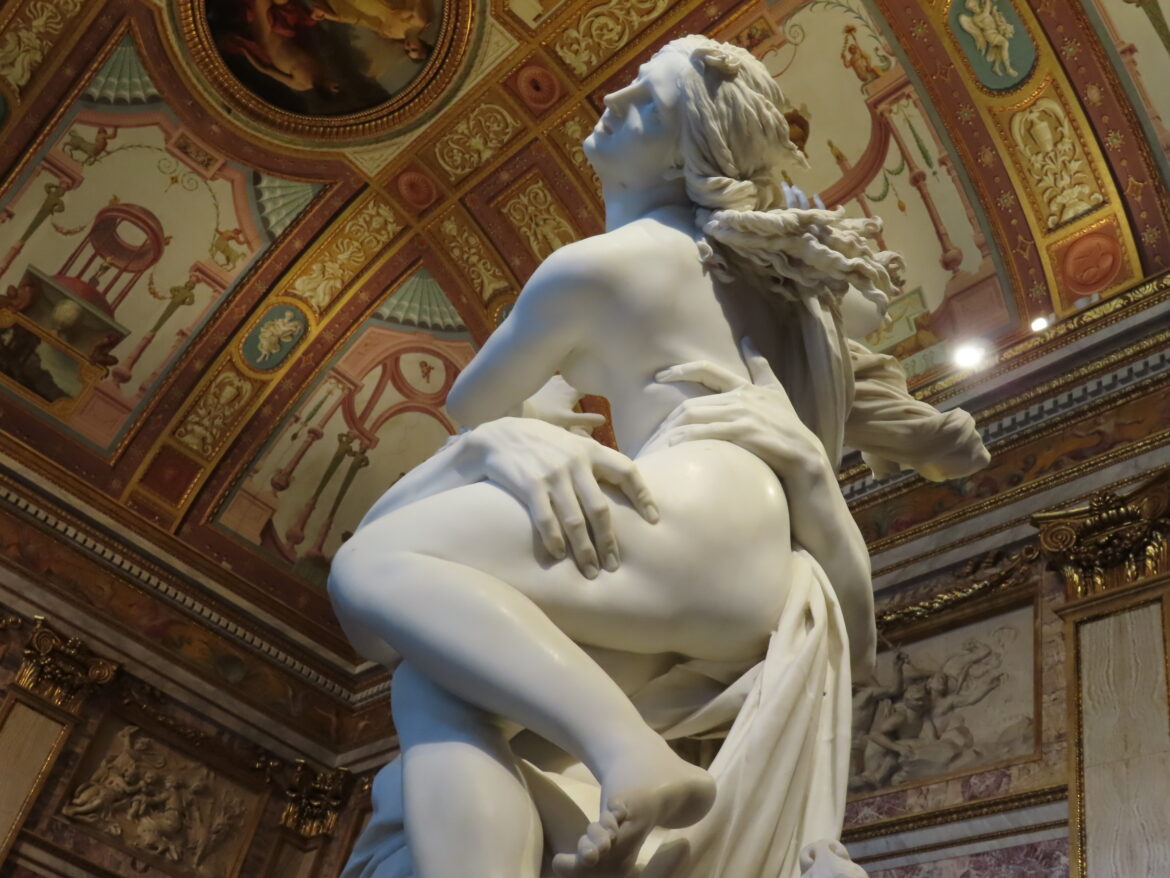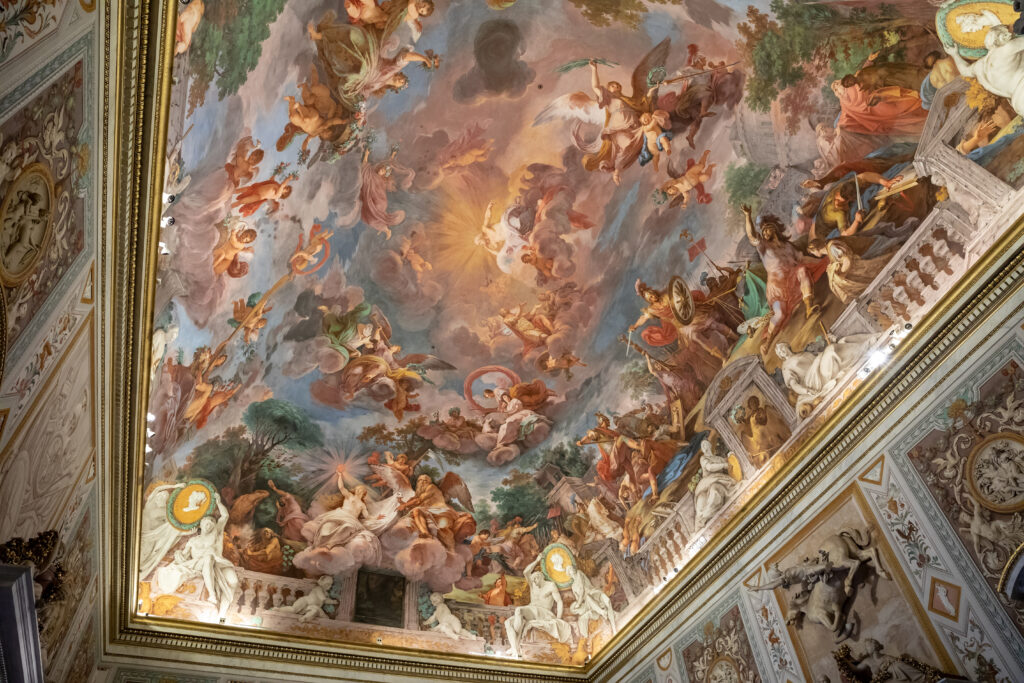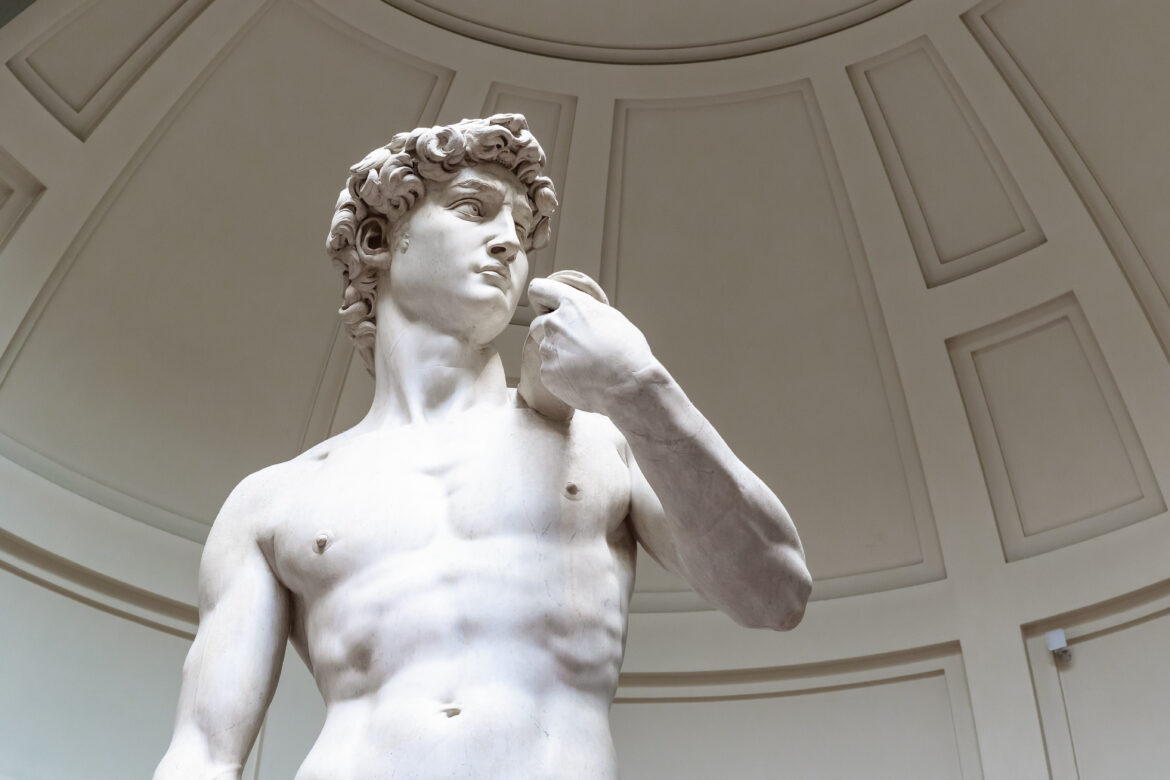Turin is a city where royal history is not confined to museums, it lives in the streets, the piazzas, the architecture and even the rhythm of daily life. For centuries, the House of Savoy shaped the identity of the city, leaving behind an extraordinary collection of grand palaces, sweeping gardens and monumental residences collectively known as the “Royal Museums” and the “Crown of Delights” (Corona di Delizie).

Exploring these sites is like walking through chapters of a European dynasty: intrigues, artistic revolutions, political alliances, and even love stories that influenced Italy’s unification. Today, thanks to City Sightseeing Torino, visitors can comfortably reach many of these royal gems with a hop-on hop-off ticket — and even extend the journey to the Reggia di Venaria Reale with dedicated combination passes.
Here is a journey into Turin’s royal world, filled with anecdotes and the best ways to experience it.
Palazzo Reale: power, diplomacy and a secret garden
At first glance, the Royal Palace of Turin looks imposing yet elegant — a façade that subtly conceals centuries of palace life. Behind its walls, kings negotiated alliances, dukes entertained foreign ambassadors, and queens quietly pulled political strings.
One famous anecdote concerns King Charles Emmanuel II, who was known for his love of grandeur. He expanded the palace with such enthusiasm that his courtiers joked he cared more for architects than ministers. His passion gave birth to some of the palace’s most lavish halls, including the Galleria del Daniel, sparkling with gold and mirrors.
Outside, the Royal Gardens hide another secret: during the 17th century, they were home to exotic plants brought from far-flung corners of the world as symbols of prestige. For foreign guests, the sight of lemons and oranges growing in the heart of Piedmont was considered a royal marvel.
The City Sightseeing Torino Red Line stops conveniently near Palazzo Reale, making it easy to hop off, explore, and hop back on to your next destination.
Palazzo Madama: where queens ruled
Standing proudly in Piazza Castello, Palazzo Madama has perhaps the most unusual story of all Turin palaces. Its name comes from two powerful Savoy women:
- Christine of France, the witty and iron-willed “Madama Reale”, who governed as regent and transformed the palace into her court.
- Marie Jeanne Baptiste of Savoy-Nemours, who later redesigned the palace with the grandeur of a Parisian residence.
Christine was famous for her sharp political sense. When male nobles attempted to sideline her, she responded with charm — and strategic alliances — earning the nickname “the Piedmontese Queen of Hearts.” During her rule, Palazzo Madama hosted secret musical evenings, masked balls and diplomatic meetings disguised as tea gatherings.
Today the palace houses the Civic Museum of Ancient Art, and the City Sightseeing bus offers a practical stop nearby, ideal for visitors who want to combine history with panoramic city touring.
Palazzo Carignano: the palace that witnessed the birth of Italy
If Palazzo Reale represented monarchy, Palazzo Carignano became the unexpected cradle of Italian democracy. Designed by Guarino Guarini with an astonishing Baroque façade of red brick that curves like a sculpted wave, it later became the seat where the first Italian Parliament convened in 1861.
Here, Count Cavour, Garibaldi and King Victor Emmanuel II shaped the future of a united Italy.
A charming anecdote says that Guarini’s façade was so innovative that even the locals doubted its stability. The architect reportedly reassured them saying, “It stands because it moves.” Today, the palace stands as one of Europe’s most original Baroque masterpieces.
Hop off the City Sightseeing Torino bus just steps away to visit the Museum of the Risorgimento inside the palace.
The Reggia di Venaria Reale: Versailles of Italy
Just outside Turin sits the Reggia di Venaria Reale, one of the grandest royal residences in Europe — a UNESCO World Heritage Site and a triumph of Baroque architecture. Built as a hunting lodge for Duke Charles Emmanuel II, it soon became a symbol of Savoy splendour.
Legend has it that the palace was so admired by visiting dignitaries that many believed the Savoy family wanted to rival Versailles directly. Whether true or not, the Galleria Grande, the Cappella di Sant’Uberto and the immense gardens certainly seem designed to impress European courts.
Another story: during the 1700s, lavish court hunts held in the surrounding park lasted several days and involved hundreds of participants, with banquets staged in temporary wooden halls built inside the forest.
Today, Venaria is one of Italy’s most popular cultural attractions — and City Sightseeing Torino makes it even easier to visit thanks to special combined tickets that include:
- Hop-on hop-off access within Turin
- Entrance to the palace and gardens (depending on the package)
It’s the perfect way for travellers to explore both the city’s historic centre and one of Europe’s greatest palatial complexes in a single, smooth itinerary.

How to explore the royal heritage comfortably
Turin’s royal palaces are spread across the city and beyond, but the City Sightseeing Torino hop-on hop-off service makes moving between them simple and enjoyable. With three lines covering the centre, the hills and the route to Venaria (depending on the season), visitors can:
- reach the main royal sites without navigating public transport
- enjoy panoramic views of the city
- hop on and off as many times as they like
- listen to multilingual audio guides providing historical insights
For travellers wanting a complete royal experience, the City Sightseeing Torino + Venaria Reale packages offer unbeatable convenience, combining transportation and admission.
